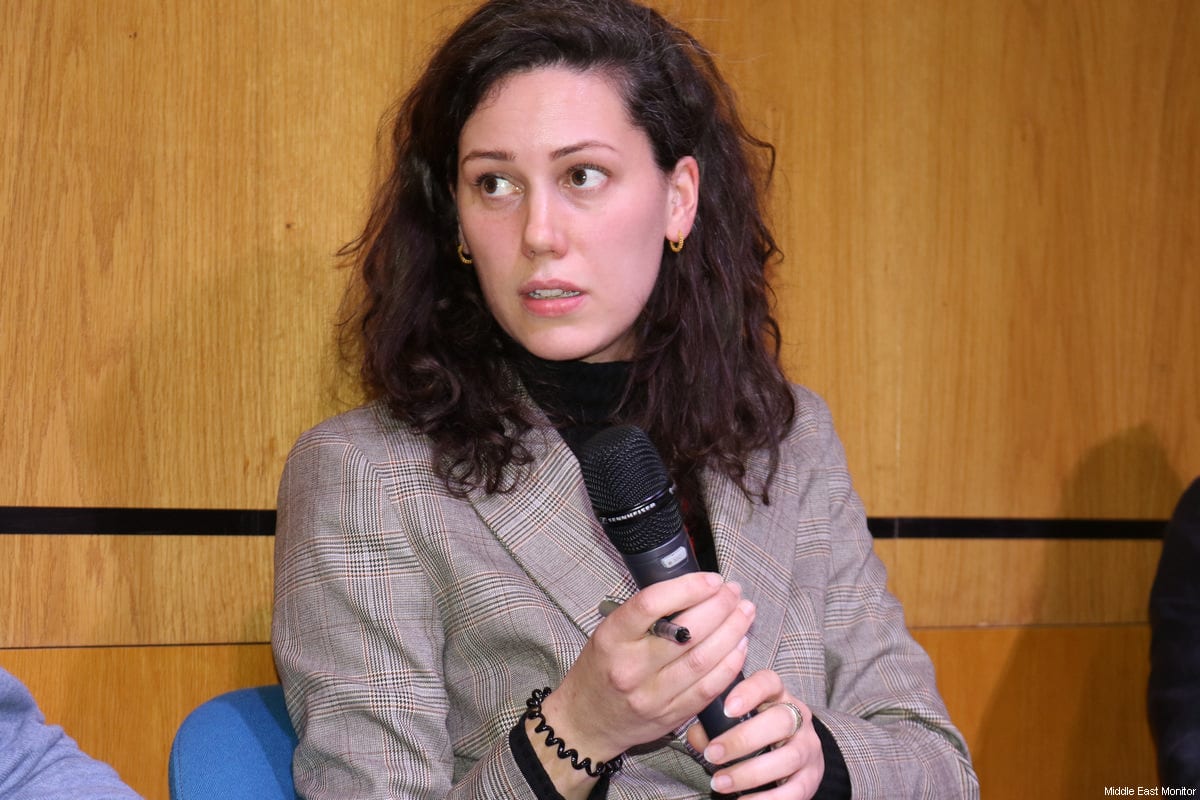The Syrian conflict has entered its fifth year. Over 200,000 Syrians have died, around 7 million are internally displaced, and 3 million have fled the country. More than half of these refugees are children. Homes, hospitals and schools have been bombed. Communities under siege have been cut off from food, water, electricity and medical supplies.
To a certain extent the events in Syria over the past four years can be mapped through how the media has covered the conflict. Much like the revolutions in Egypt and Tunisia, which were broadcast to the world through social media, in 2011 western media dedicated a healthy amount of coverage to Syria’s Facebook revolution. In the West we heard stories of citizen journalists using hidden mobile phones to secretly record protests and then uploading them online to broadcast their revolution to an international audience.
Whilst citizen journalism and social media provided, and still provides, a vital alternative to the mainstream media in Syria which is largely manipulated by the Assad regime, new media was also used by foreign governments as an indirect way to support the opposition. America, Europe and the Gulf States sent satellite phones, transmitters and computers to revolutionary Syrians. Reflecting this ‘pro-rebel’ trend, western media was accused of being bias and supporting the opposition in 2011.
In the beginning, certain channels reflected the interests of international players. Russia Today has been criticised for broadcasting reports that doubt the authenticity of the footage of opposition fighters. Within the region Al-Manar, Hezbollah’s media outfit, and the Lebanese Al-Mayadeen are also seen to be pro-Assad. On the other side of the fence a number of journalists from the Qatari-owned Al-Jazeera television channel resigned over the station’s “bias” reporting of the uprising. Qatar is said to have taken the lead in supporting the opposition financially since 2011.
Earlier this year, Jeremy Bowen said that Assad’s decision to grant him an interview for the BBC could be because the Syrian President is feeling more secure. The US is no longer asking for Assad to stand down and seems to be more concerned with how the West will counter the threat of ISIS both at home and abroad for which they may well need Assad as an ally.
Many observers say western media has reduced the conflict in Syria to a battle between ISIS and Assad. The Islamic State’s propaganda campaign and gruesome tactics have captured the attention of newspapers across the UK and helped promote Assad’s own propaganda: Assad is the lesser of two evils. Hence, newspapers have reported on ISIS infiltration into Homs, the capital of the revolution, far more than they have the opposition’s victory in expelling Assad loyalists from the town of Idlib.
The media available within Syria itself goes some way towards understanding the more complex picture on the ground. For example, Radio Al-Kul has ties with the Free Syrian Army as well as activists and focuses on religious programming to counter the appeal of extremist groups. There is also Sout Raya, an independent station that tries to objectively report on all sides of the conflict.
In the UK, there is a lot of peaceful humanitarian work being done for Syria yet it is the belligerent actors who take centre stage in the media. Many Syrian organisations have been set up to help translate the work of citizen journalists or raise money to build schools in Syria and groups which visit mosques and talk about why people shouldn’t go to Syria have formed. These stories rarely make it into the media and it seems that fewer donations are being made to Syrian charities because people fear their money is being funnelled into the hands of ISIS.
The famous photograph of Yarmouk camp, which depicts a crowd of people pouring through a street of destroyed buildings to collect food from an UNRWA aid delivery, attracted attention to the residents’ plight in early 2014. But in such a volatile region, the plight of Yarmouk camp left the headlines in July because of the Israeli bombing of Gaza. Recently the camp has come back into the spotlight because ISIS has managed to enter, but for how long will it remain top of the news agenda?
One of the reasons coverage of Syria is so difficult to decipher in the West is the lack of reporting on the ground. Difficulty obtaining visas and the huge number of deaths, kidnappings and accusations of spying have all deterred journalists from entering the country to obtain eyewitness reports. Syria has been voted the most dangerous country for journalists three years in a row and it shows no sign of improving.
The views expressed in this article belong to the author and do not necessarily reflect the editorial policy of Middle East Monitor.











